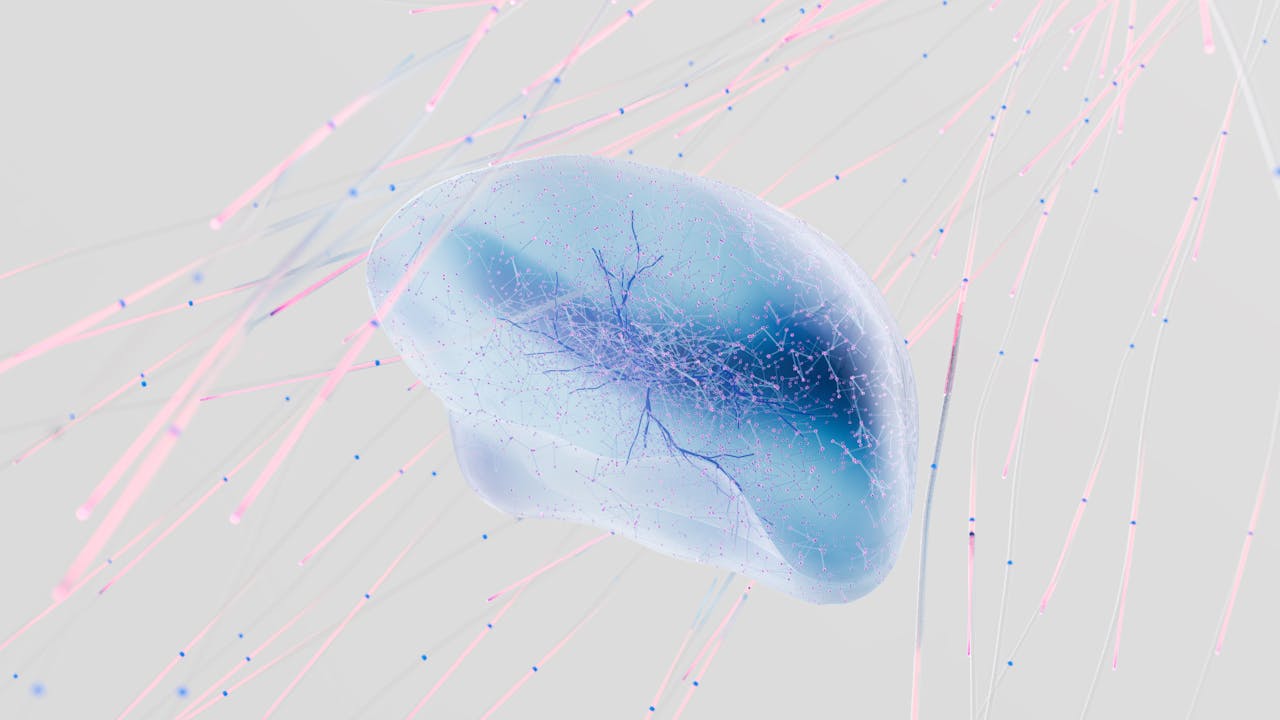Physical Wellness
Food Packaging Hazards: Potentially Harmful Chemicals Found In Fast Food Packaging Today
Fast food involves cheap quick hot meals that feed a lot of people on the go. Yet due to the ingredients used and how the food is prepared, most fast food items are labeled unhealthy. In a recent study, it seems the hazards of fast food also applies to its food packaging. A comprehensive study found that there are still potentially harmful chemicals found in most of the fast food packaging used today.
Potentially Dangerous Chemicals Used In Fast Food Packaging
The class of chemicals in question is called Per-and poly fluoroalkyl substances or PFASs and is sometimes known as PFCs. Besides being the chemicals used in food packaging, these PFASs are also present in nonstick, stain-resistant, wand waterproof products found in most households like in carpeting and carpet cleaners, upholstery, food waxes, outdoor apparel, and cookware.
The carbon-fluorine bonds of the PFASs make the products treated with these chemicals extremely resistant to degradation even at high temperatures.
Fast food packaging containing PFASs is linked to numerous health risks like kidney and testicular cancer, thyroid disease, decrease sperm quality, low birth weight, pregnancy-induced hypertension, immunotoxicity in children, and other metabolic disorders. These disposable food containers contribute to the chemicals leaching into the food.
Although the extent of the absorption of the PFASs from the fast food packaging is dependent on many factors, the brief contact between the food and the containers along with the high temperatures of the food, and the use of emulsified fats increases the how much PFASs and other harmful chemicals get into the food.
The Real Truth About Fast Food Packaging
The study, conducted by the American Chemical Society, found that hazardous chemicals used in fast food packaging like the greaseproof burgers wrappers can potentially migrate into the food people eat. In addition, the study also found that although the use of these potentially deadly chemicals to humans in food packaging have been banned by the US Food and Drug Authority, the fast food packaging used today still have traces of the chemicals.
The most comprehensive study to date about fast food packaging used in the US today involves researchers collecting and testing over 400 samples of fast food packaging from 27 different fast food chains in the country. Traces of PFASs were analyzed from the sample consisting of paperboard, drink containers, and paper wrappers.
The samples were tested for traces of high-fluorinated chemicals through the use of a particle-induced gamma-ray emission (PIGE) spectroscopy. The study found that most of the burger wrappers and pastry bags being used today, and 20 percent of boxes used to contain fries and pizza contain fluorine.
In addition, dessert and bread wrappers and disposable food packaging used in Tex-Mex food are more than likely to contain fluorine than other types of packaging.
In order to verify their analysis, the researchers conducted a more detailed study using a subset of 20 samples. Using the conventional method of solvent extraction and liquid chromatography/high-resolution mass spectrometry analysis of PFASs, that most of the samples tested were high in fluorine and positive for traces of PFASs. Moreover, six out of the 20 samples contained chemicals that have long been banned due to health hazards.
The Future of Disposable Packaging for Fast Food
Although the US FDA has strictly implemented policies regarding food safety, there are still countries that deliberately use these potentially harmful chemicals in manufacturing fast food containers. Furthermore, the researchers have found that some fast food packages, in an effort to reduce waste and carbon footprint, are exposed to these hazardous chemicals coming from recycled materials.
The government still allows the use of PFASs in compostable food packaging but this just means that these chemicals will still exist not only in the fast food containers but will persist in the environment. Even if the use of these chemicals will be phased out, products containing PFASs will still affect people as it can migrate into the ground potentially contaminating drinking water.
Throughout the whole world, PFASs have been detected in the water, soil, sediment, wildlife, and even human blood samples.
The study, published in the journal, Environmental Science & Technology Letters<, recommends the use of alternative packaging in the distribution of food. And since fast food has been widely regarded as unhealthy, people can limit consumption of such food thus also limiting their exposure to potentially harmful chemicals from the food packaging and stick to a healthier lifestyle.









Join the Conversation